Home Energy Generation, which option is best?
How the electrical grid is fed near you will be a huge factorin determining the carbon footprint of your home, with or without your ownrenewable power generationsuch as havingsolar panels on your roof. If you live near a windfarm, that's where most of your power comes from. If you live near a solar farm, or a hydroelectric station, same thing, you are powering your home with clean renewable energy.
For example, 95% of the power used in Quebec is largely fed by hydroelectric generation. Despite the enormous destruction and carbon footprint caused by the initial construction, the dams are there now and the power is certainly renewable. So the ecological impact at source from a hydroelectric station is a lot less damaging than if you were located near a coal-fired electric plant.
And since power in Quebec is the cheapest of all the Canadian provinces and a solar panel price would be fairly constant nationally, it also makes less financial sense for someone in Quebec to install a solar panel than someone in Ontario for example. All this is to illustrate that there is not one right answer to the question of 'to be or not to be' someone with photovoltaic solar panels, your own wind turbine,solar heated floors,bike generator, or even a water-wheel!
Solar heating - passive & active energy
Passive solar heatingrefers to designing a home to collect heat from the sun. Passive coolingmeansproviding natural shading to cool a home (such as deciduous trees, awnings or sun shades).

As the word 'passive' indicates, there is virtually nothing that will require maintenance or repair. However, a common mistake made when an attempt at passive heating is made, is when shading has not been factored in. When no consideration has been made to natural cooling, homes can overheat so much in summer than the added energy requirements for cooling negate any heat gain you may have realized in winter.
Proper passive solar design along withincorporatingThermal Massinto the building envelopeto balance interior temperatures can offer 25% energy savings over homes without such design considerations. As the designers ofThe World's First Passive Housesaid when reflecting on their design years later, "simple is better than complicated, passive is better than active, and moving parts fail".
Energy efficient home design
Our recommendation here could philosophically be compared to putting money into sealing a leaky bucket rather than looking for a new water source and ignoring why you are losing water.
That is certainly the case in regards to designing and building a new home, as the cost difference for going the minimum code "traditional" contruction route or choosing a LEED, Passive House or even Zero Net Energy Home is now so minimal (if you're talking to the right Home Builders, it's around 5% - which you'll save on utility bills in no time). The best route forward may of course be different when talking about an old inefficient home that could require a colossal investment to improve its performance and energy efficiency.
We aren't trying to make your decisions for you here, just offering some food for thought when deciding where to spend your green dollars.
To save money and lower your carbon footprint, the first step where possible is to invest inchoosing the best insulation, improve air sealing in your home andinstalling energy recovery ventilation而不是为你自己的个人发电买单,这样你就节省了你已经支付的能源,而不是增加你自己的能源供应。
Solar thermal systemsin particular can be a great heat source if you have ahydronic heating system. Rather than generating power that in turn runs electric heaters, solar thermal systems pump liquid through solar panels to absorb heat directly from the sun and transfer it into your home. Heated liquid (usually glycol) is stored in a preheating tank through which other water feeds pass and absorb that heat. This can be used to preheat domestic hot water as well as the liquid in hydronic heating systems. More recently, we've also seen the advent ofSolar air-heated systems that heat floorsin winter and use excess heat generated in summer to heat your hot water.
Micro-hydroelectric generation:
The proper conditions for generating hydroelectric power are rare enoughin rural settings, and virtually unheard of in urban cores. Hydroelectricity is without a doubt renewable, but the ecological impact of setting up a system can be quite heavy, certainly if you intend to extract enough power to have a noticeable impact on your consumption.
So we don't strongly advocate it for personal projects, as the ecological damage often outweighs the benefits. And in the absence of a sizeable reservoir, water flow and power output will be quite unpredictable, so you may be relying on grid power more than you might wish.
Personal wind turbines:

The problem here is trees!It's recommended to ensure that a wind turbine is taller than any other structure or tree within 100 metres. The wind patterns of your geographical location would be the first thing to investigate in determining whether or not a home wind turbine is worthwhile.
Small and reasonably affordable home wind turbines for electric generation are finding their way onto the market, and are even available through some national hardware stores. We don't have hard numbers on whether or not they are worth the investment, so if you have one and some insight, please share in the comments section below.
Pedal powered Bicycle generators!
Yes, these are a thing...enough so that one of our new writers was inspired by trying one and the following is Emilia's report on her experience.
***
After escaping from the UK to Paris, I was amused to findpeople charging their mobile phones on the admittedly stylishWeWatt Kiosk phone charging bikes at Paris Charles de Gaulle airport.

I found the idea very intriguing, and having been a poor student for a while, I began to wonder - is it possible to generate free energy via pedal power through the form of all-important exercise? Pushbikes and cycling are a major form of sustainable transport in today's society, especially in bigger cities. So being a self prophesed fitness fanatic with the motto ‘work smarter not harder’, when I’m sweating buckets in a spin class wondering why on earth I would put myself through it all, it gets me thinking…
With the cost of energy continuing to rise and a global push towards energy conservation and renewable energy solutions, we need to look into alternative ways of generating power.
There’s an ever-growing concern towards the cost associated with electricity and more significantly - climate change. The use of pedal power and the production of energy through Windstream has been introduced to homes in Alaska to power home appliances. Things like that are essential for those living ‘off the grid’ and it is a great way for the rest of us to do our bit towards preventing climate change.
这种可持续的生产能源的方法在为房屋供电方面得到了进一步的发展!能量本身是不能被创造或摧毁的,每次一个人为了任何目的而骑自行车时,他们都在使用自己的食物能量。所以,如果他们同时生产清洁能源来帮助电力设备和家庭岂不是很好?

Currently a spin class is full of hot, sweaty people in an air-conditioned gym, spinning bikes that are currently just creating HEAT! That’s great in winter, but it simply ads more burden to that A/C system during hot months.
As Manoj Bhargava, the founder of the Free Electric hybrid bike describes - when an individual pedals the bike, the action drives a flywheel, which turns a generator and charges a battery. This means, according to Manoj,from just one hour of pedaling, a (low-consuming) rural household could provide their own clean energy requirements for as much as 24 hours.
想象一下,你可以将你建议的近一半的体育活动时间与一种更经济、可持续的方法相结合,为你的房子或个人电子设备提供免费电力!

The technology of bicycle generators has slowly but consistently improved to the point where energy producing pedal bikes are even being used in large scale public events such as exhibitions, in classrooms, and at a recentEarth Day event where pedal generators were usedto power a movie projector and sound system.
如果你打算买一辆静态健身自行车,也有发电的选择,一辆简单的Sunny Health & fitness Pro室内自行车可能花费你大约239美元,你所要做的就是添加发电机配件。On the other hand, If you are someone who enjoys being hands-on, there is also theoption to build your own bike powered generator!
Despite the benefits that come with the production of energy through the use of pedal bikes, currently, a typical US home uses around 1000kw-hours of energy per month, so unless you’reBradley Wiggins, it is not yet a form of energy that can solely power a house. But if you’re like me and enjoy exercise (mad, I know…) then why not turn your workout into an eco-friendly way of creating energy? Fight climate change and get in shape at the same time!


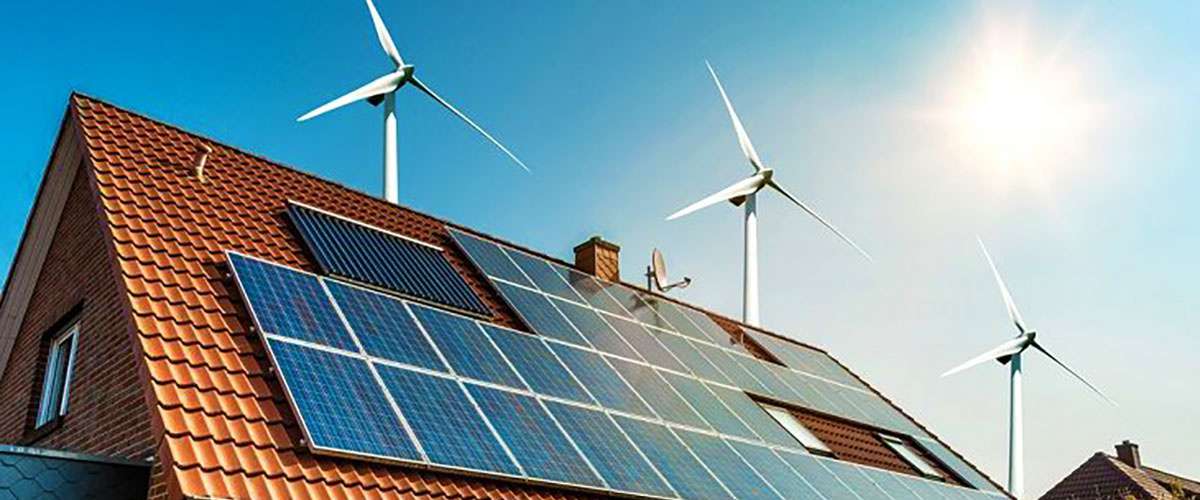















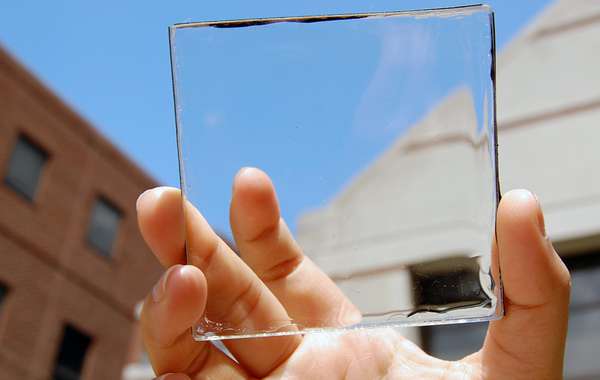
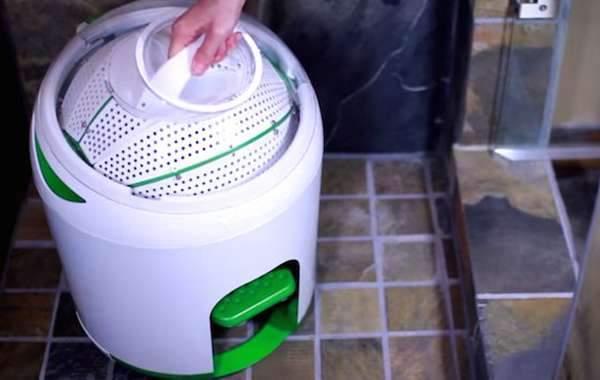
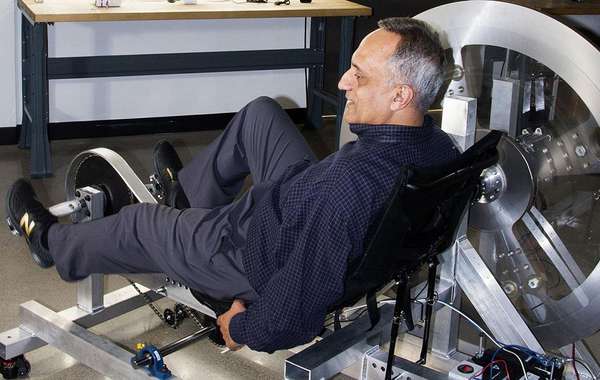
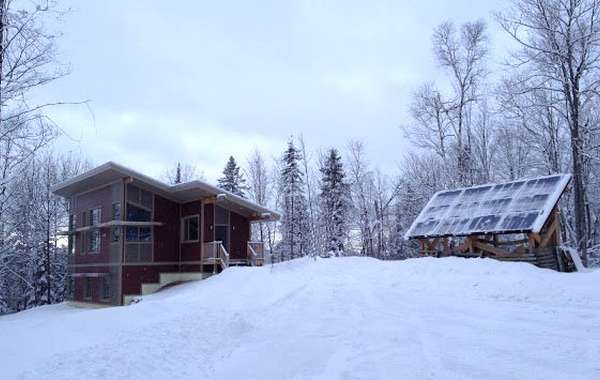
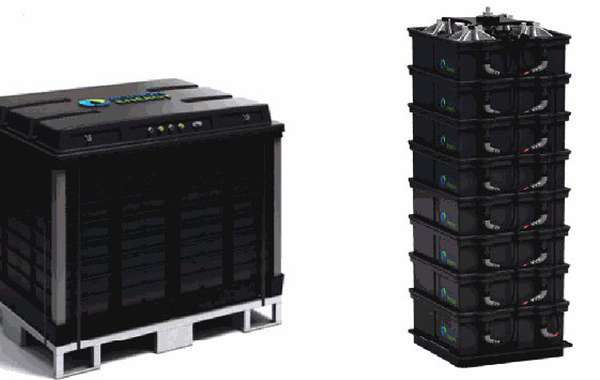
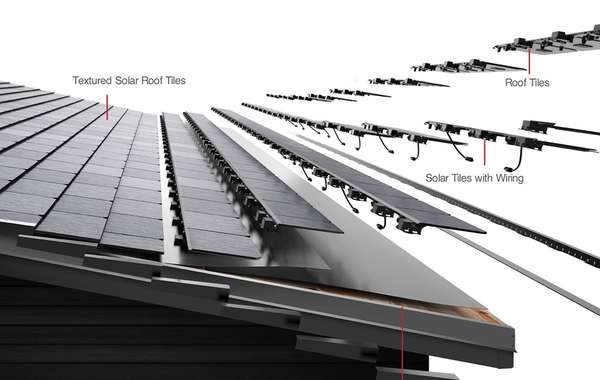
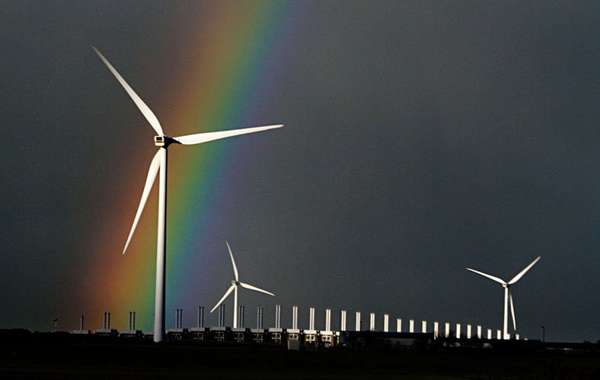
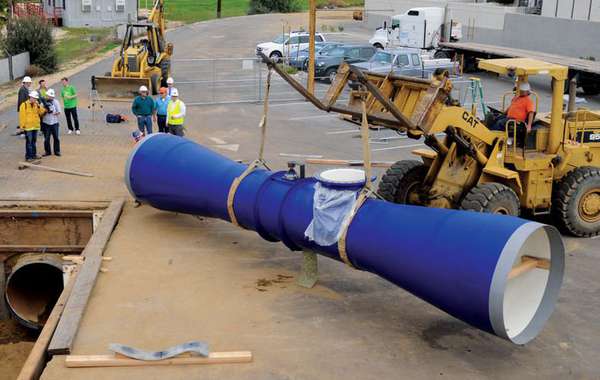
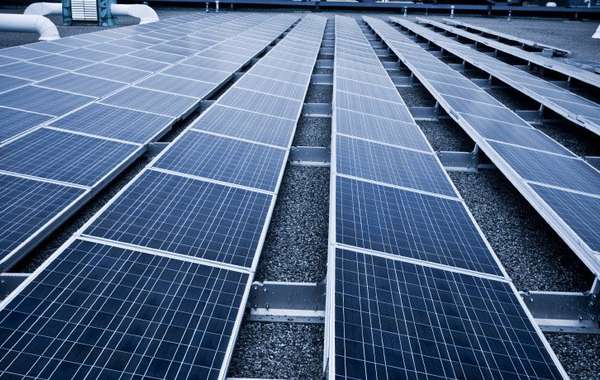
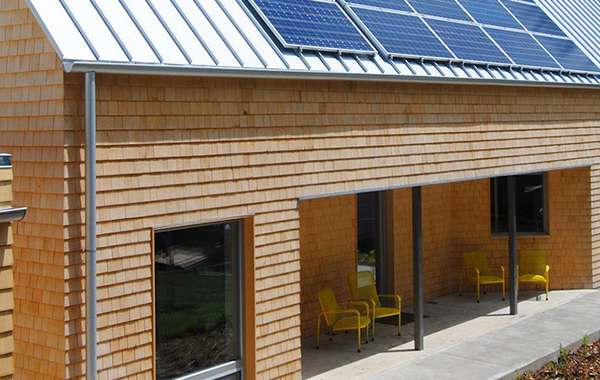
Lots of cool information! When using pedal power, however, wouldn't you have to spend an incredibly long time biking in order to charge a device? Keep up the good posts!
To power your AC or charge a Tesla, yes, that would require some Lance Armstrong-typed medical assistance, but most people would have enough steam in them to charge a device.